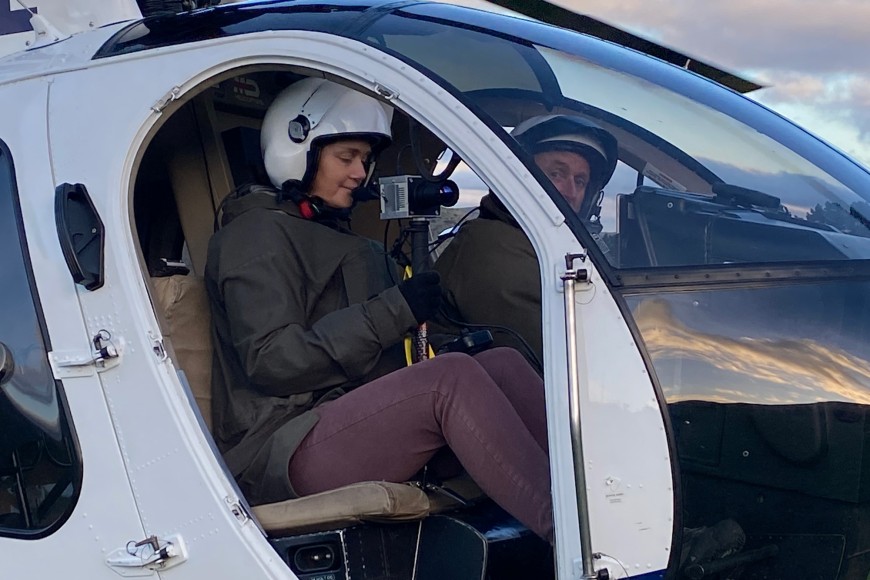The picturesque Bay of Plenty in Aotearoa New Zealand (AoNZ) harbours the not-so-charming wallaby invaders, the dama and parma wallaby. A research team plans to capture around 30 wild wallabies at a study site there. The wallabies will be fitted with GPS collars that will provide location data to assess home ranges and movement behaviour for 12 months.
The collars “will also detail daily movement patterns across different times of day,” says wildlife ecologist Dr Dave Latham.
Also, around 30 to 40 camera traps will be set up in the study area using a grid design and left in place for 2–3 months. This method will help in estimating the probability of detecting collared wallabies and assessing their presence in the area.
The information from the cameras is a crucial component of proving eradication success. “If we search an area post-eradication and find no wallabies, it’s essential to know whether survivors truly don’t exist or if we simply missed them,” says Dave.

Senior technician Sam Brown equipped with a thermal camera that is used to detect wallabies

